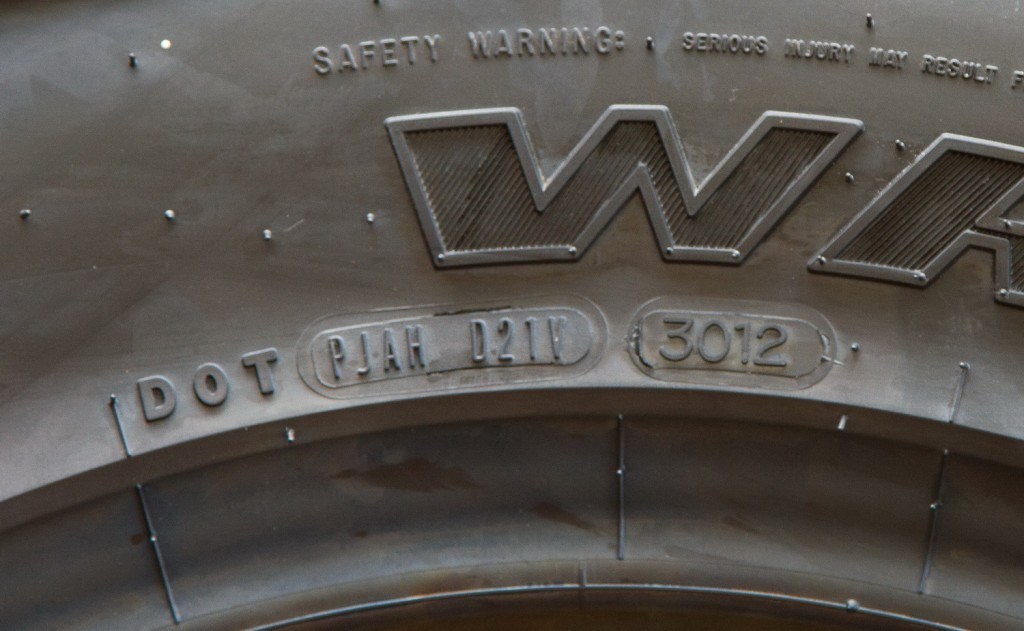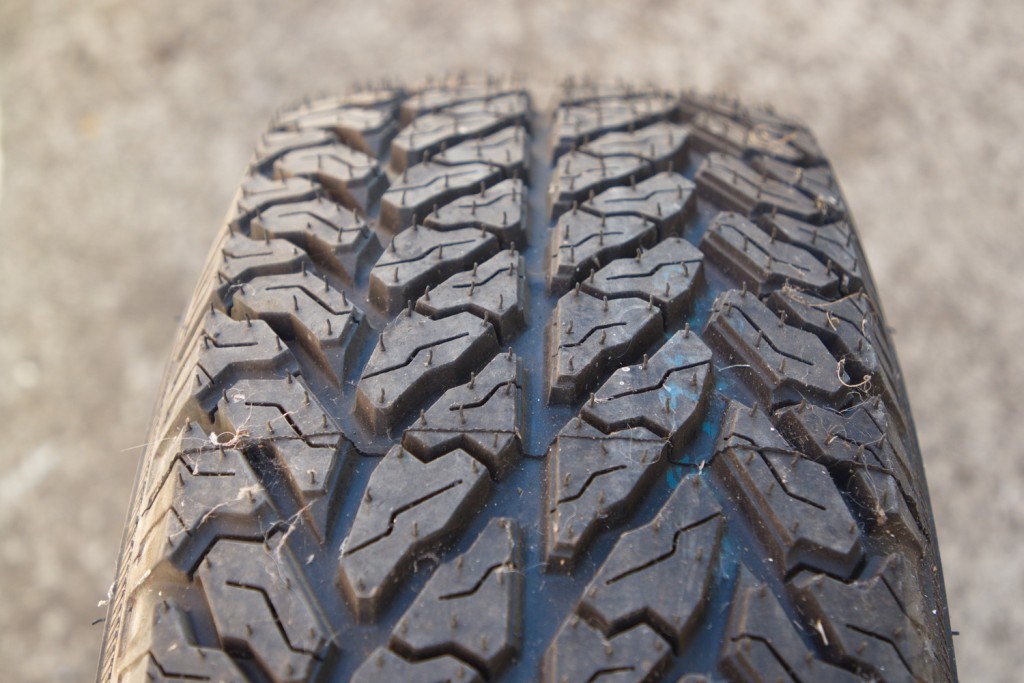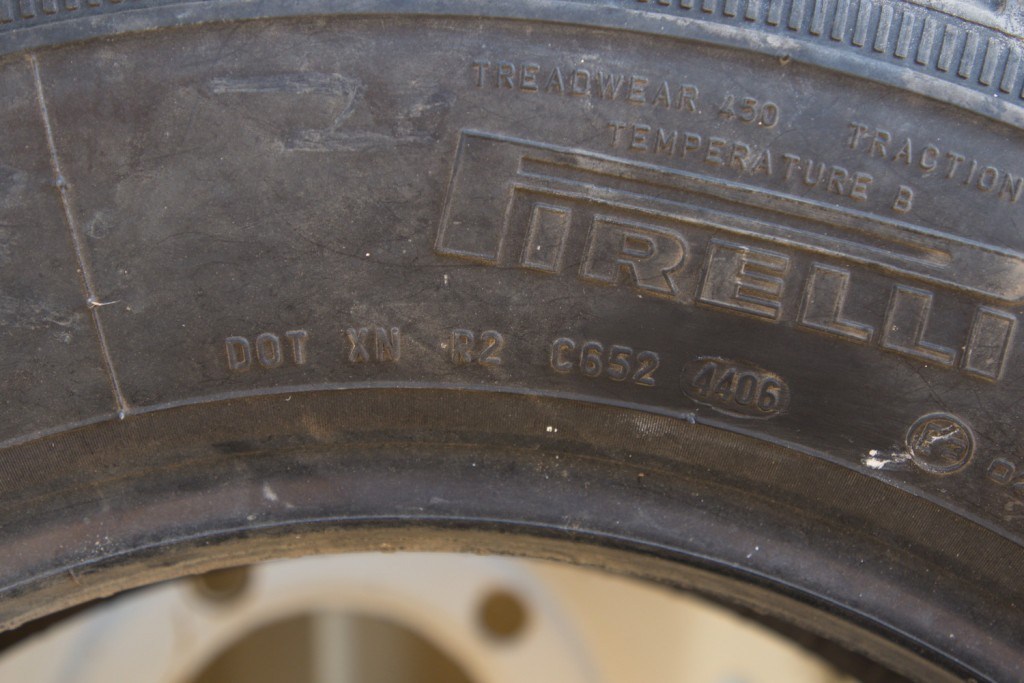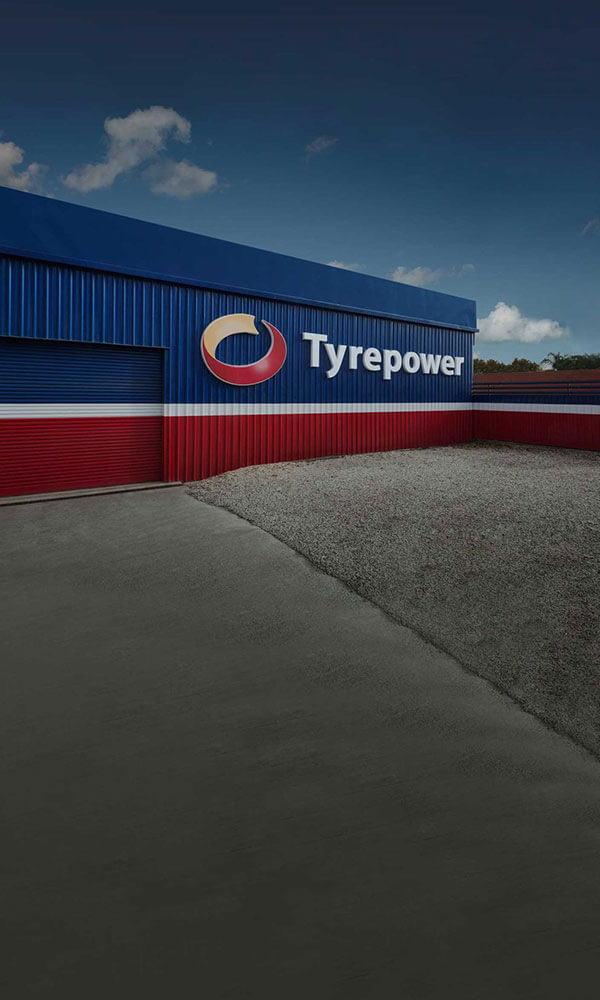CHECK THE AGE OF YOUR TYRES FOR BOTH CAR AND TRAILER… IT’S VITAL

Many Trailers Do Very Few Kilometres Each Year, And So Their Tyres Are At Risk Of Aging To The Point Of Danger. Here’s How To Check Them.
LAST SATURDAY was one of Melbourne’s hot, sticky days. My dash temperature gauge read 40 degrees, and the freeway was littered with stopped, bonnet-up cars.
Then I saw a car and caravan, pulled over to the side of the road. The car was fine, but the caravan’s tyre was shot to pieces, more than just a flat. The owner was inspecting the damage, mobile phone to ear. Sad, but no apparent harm done.
Not more than half an hour later I spotted a ute towing a boat and trailer. This time the tyre was disintegrating completely, pieces all over place. The driver was just in the process of pulling over, as traffic braked and tried to flow around.
Two in the space of an hour? I don’t think that’s coincidence. I think it’s all about tyre age and inflation, a problem especially true of trailers. After all, when did you last see a normal roadcar tyre just disintegrate?
Tyres should be replaced when:
- their tread wears down to the legal minimum at any point across the breadth. The minimum is 1.5mm although offroad tyres should be replaced at 2/3 of their tread depth as 1.5mm on a deep-tread mud or all terrain is not a joke, it’s dangerous;
- there is significant damage, for example anything which exposes the underlying carcass or canvas, or bulges indicating internal damage;
- there is legally unrepariable damage, for example a sidewall rip; and
- they become too old.
It’s this last point about age that’s not well known, and it’s a problem for trailers which tend to do very few kilometers so tyres come up for replacement by age, whereas cars tend to do enough kilometers to replace by wear. Even worse, all tyres lose air over time and trailers generally aren’t serviced very often so they often run under-inflated, or correctly inflated for no load, but under-inflated when loaded.
So on that fateful Melbourne day it was very hot, perhaps the tyres were underinflated, and maybe aged – a deadly combination. Inflating tyres is easy to do, but how do you check their age? That’s actually quite easy too.
All tyres have a DOT manufacture date code of four digits. It looks like this:

The format is week, year of manufacture, so 3012 is the 30th week of 2012, or July 2012. Some older tyres may have a single digit for year, for example 328 would be the 32nd week of 2008.
The DOT manufacture date may be only on one side of the tyre, so if you don’t see it on one side, look on the other. There are other DOT codes to do with the plant the tyre was made at, but it’s the age we’re interested in.
Now you know the age of your tyre – how old is too old? That’s an impossible question to answer precisely as it depends on so many factors, not least how the tyre has been cared for and stored, so nobody will give you a definitive answer. As an analogy, would you eat food one day past its use-buy date? Probably. What if that food had been stored in the hot sun? You wouldn’t want to touch it even before the use-by date.
The same sort of logic applies to tyres, except there’s no use-by date, and a bit like food, tyre resistance to aging varies. Delicate race tyres lose performance at the slightest mishandling, offroad tyres are tougher…but all tyres will be damaged through neglect and age. Tyres that have been on a trailer with minimal weight on it, stored in a covered garage will last longer than tyres which are stored outside supporting a heavy trailer, open to the elements.
You know a tyre is definitely too old or damaged when there’s stress fracture marks across it, but even before that time it won’t be performing at its best. And when those cracks form, they do so on the inside of the tyre so you can’t see them.
Have a look at this tyre:

Looks brand-new perfect doesn’t it?

It’s actually over ten years old – code 4406, or 44th week of 2006 manufacture. I use it for tyre change practice, and it’s definitely not for use on a car.
The other set of owners who are at risk of aged tyres are classic car and niche sportscar owners. Many such cars make it to 10, 15 years old and haven’t even done 100,000km so their tyres would have lots of tread, but little grip.

Companies like Michelin even do a range of new tyres which look like old ones to preserve the look.
In general, any tyre which is more than five years old is suspect. Some manufacturers like Bridgestone warranty some of their tyres to five years, but that assumes correct care and use, a bit like the use-by date on food assuming you’re put the food in the fridge when you’re meant to. Michelin suggest an annual inspection every year after five years.
Ultimately, when to replace is your call, but in my experience nobody got to their destination and regretted putting on new tyres. And if you want some real-life stories to prove the point, read Tyres aren’t wine.

